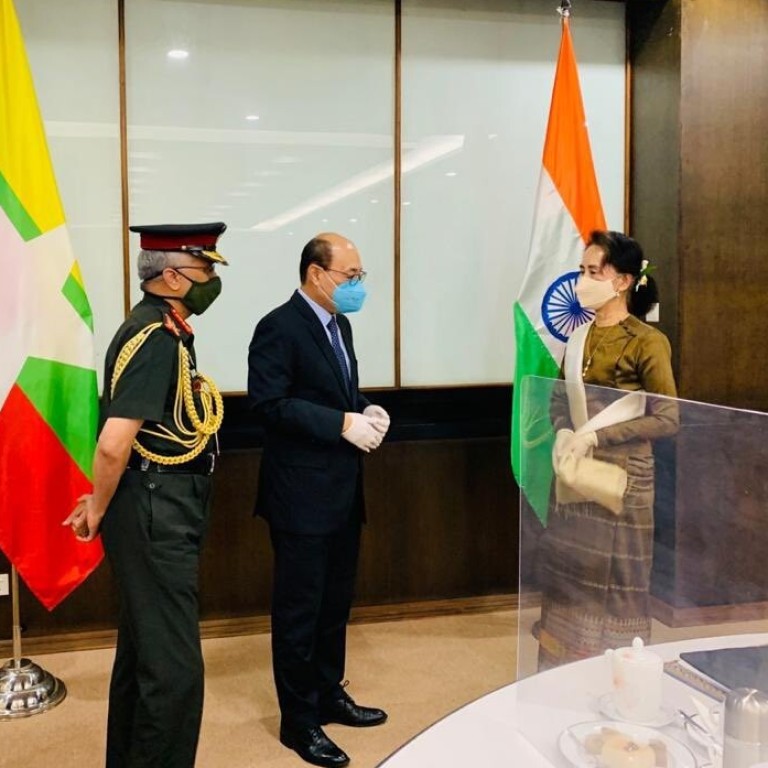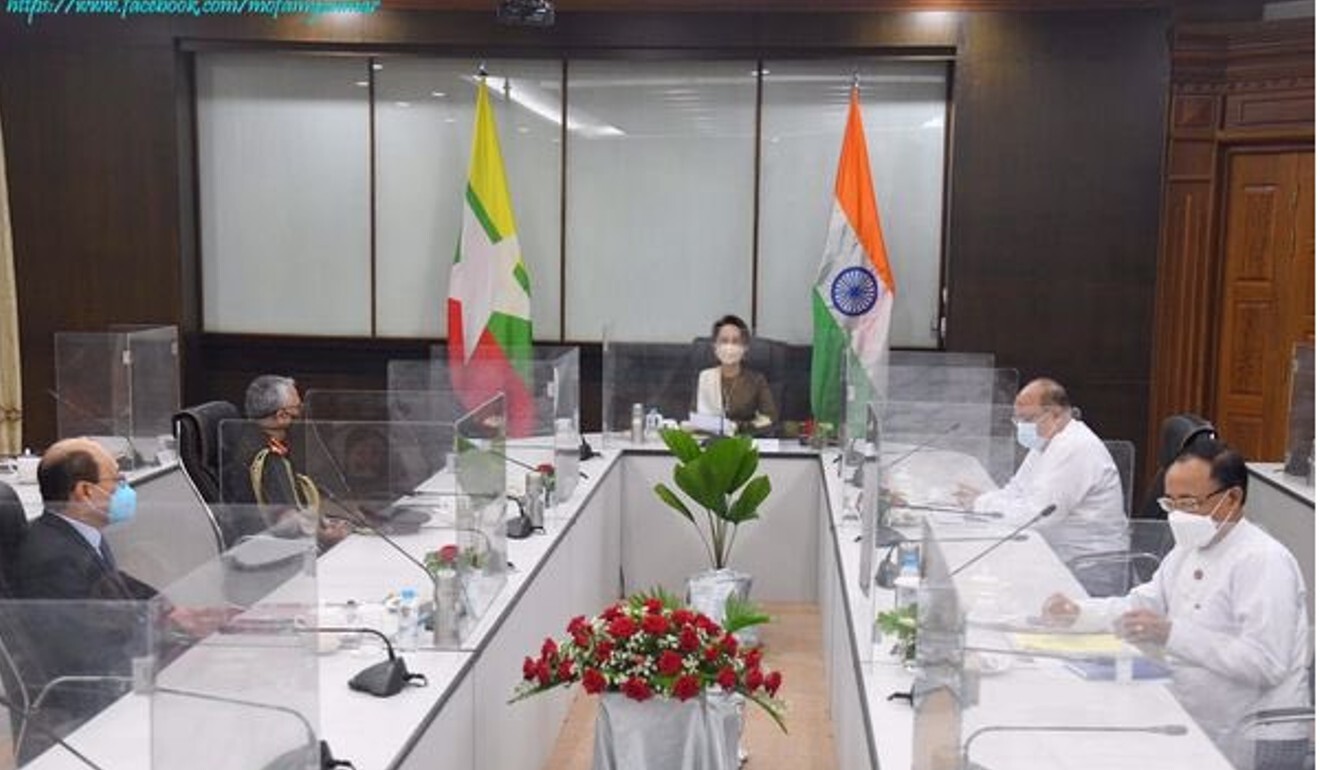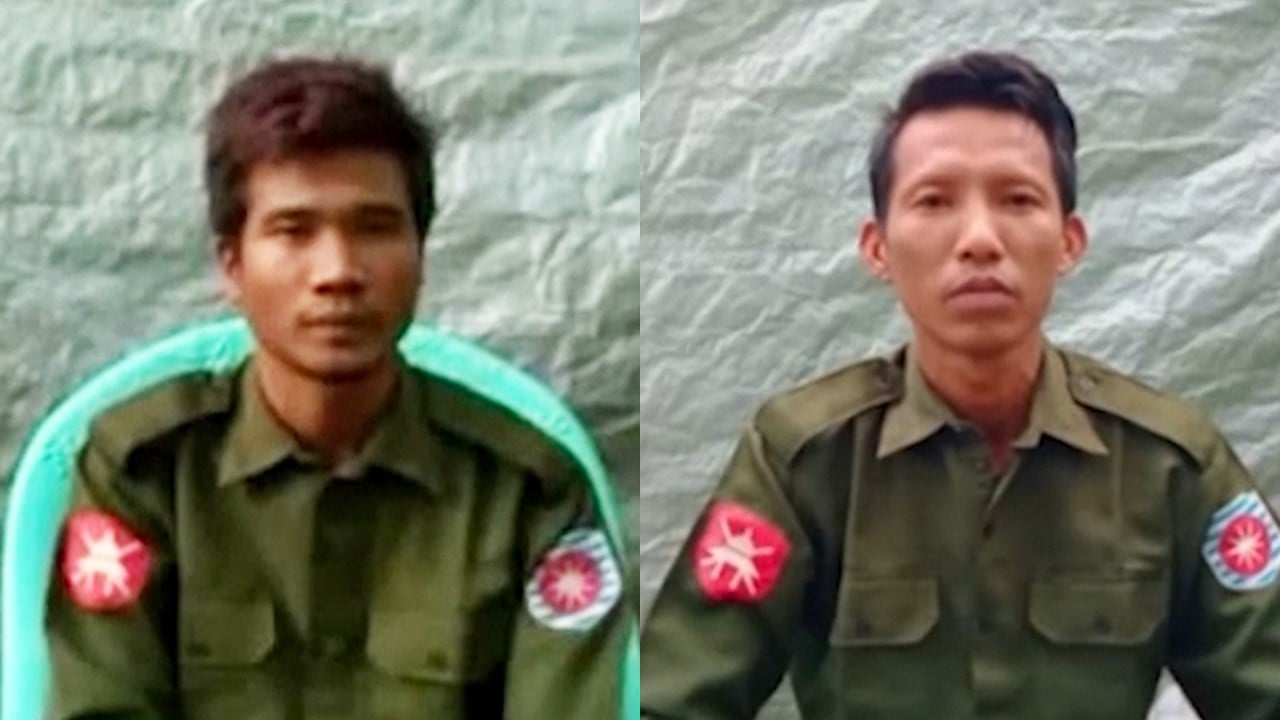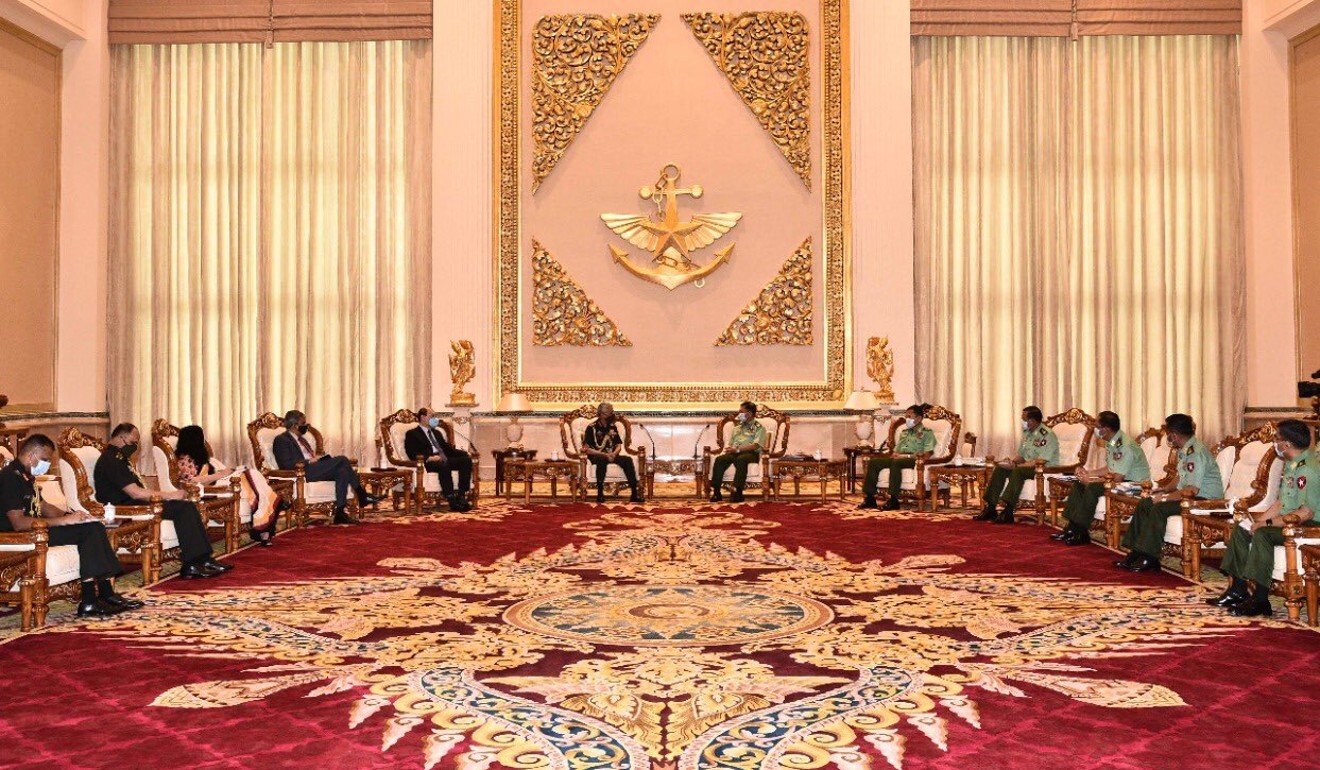
Analysis | India responds to Myanmar’s call for closer ties to balance out Chinese influence
- A joint visit by India’s foreign secretary and army chief to Naypyidaw shows New Delhi is doing more to counter Beijing’s growing presence in the region
- But an analyst warns India’s strong ties with Myanmar’s military, known for its crackdowns on rebels and Rohingya Muslims, could harm its reputation
By cultivating the military, India risks being seen as not giving a damn for the ethnic people.
About 40,000 or more Rohingya live in Indian cities, including Kolkata and Delhi.
“India provides the space to Myanmar not to be dominated by China or any other country,” he said.
Myanmar moves step closer to new bids on China-backed belt and road project
As a developing country, Myanmar embraces cooperation with the international community, said Nehginpao Kipgen, executive director of the Centre for Southeast Asian Studies at the O.P. Jindal Global University north of Delhi.
“Enhanced relations between India and Myanmar should not be seen as Naypyidaw distancing itself from Beijing,” he said.
Former Indian ambassador to Myanmar Gautam Mukhopadhyay, who served from 2013-2016, said Myanmar “enjoys a far greater comfort with India because its dealings are less mediated by power and selfish interest”.

Myanmar has deep historical ties with both neighbours. China’s southern tribes migrated to the country and during the British colonial period Burma, as it was then known, was ruled from India until 1935, and Indians were dispatched there to take up administration posts.
However, some Chinese projects like the Kyaukphyu Deep Sea Port, the Kyaukphyu-Kunming Railway and the US$3.5 billion Myitsone Hydropower Project, which has been put on hold, have sparked protests and accusations of environmental degradation and debt traps.
Could Chinese investments cost Suu Kyi the Myanmar election?
Over the past few decades India has made significant investments in Myanmar through its proposed trilateral road corridor linking New Delhi, Naypyidaw and Bangkok; the Kaladan Multimodal Transit Transport Project connecting eastern India with Myanmar; and the East-West Economic Corridor that will link India with Laos, Cambodia and Vietnam.

02:43
‘Shoot all you see’, Myanmar soldiers confess roles in massacre of Rohingya Muslims
In the last 10 years it has provided US$1.4 billion in grant assistance to Myanmar, with which it shares a 1,468km (912 miles) land border and a coastline.
Myanmar has also reached out to India. In February, President Win Myint visited New Delhi and signed 10 agreements ranging from development in Rakhine state, strengthening connectivity and deepening bilateral ties.
Explainer | India-China border: is peace really on the horizon?
Then in May, Myanmar handed over 22 Indian insurgents who found safe haven in its jungles and carried out armed attacks across the border against Indian security forces and other assets. Analysts said New Delhi saw this as a sign of Myanmar’s sincerity in helping it safeguard itself from separatist forces.
A sticking point in Myanmar-China relations has been the issue of armed ethnic rebels seeking greater autonomy. They include the Arakan Army, which has been engaged in a large-scale war with the Myanmar military in the Rakhine region since last year.
Observers believe China has helped the armed groups, including providing them with sophisticated weapons in exchange for protecting Chinese mega projects in the country, especially when they face local resistance.

The Irrawaddy newspaper reported that Rakhine observers found it notable that the AA has not disrupted any Chinese development projects in Myanmar but always targeted the Indian Kaladan Multimodal Transit Transport Project.
While India has not been involved in Myanmar’s military operations against these rebels, it has monitored its borders to prevent armed groups from taking shelter in the country.
Mukhopadhyay said India continued to be culturally important to Myanmar, noting that Buddhists – who make up 88 per cent of Myanmar’s 54 million people – saw India as the land of the Buddha that they must visit at least once in their lifetime.
India is also a destination for English-language education that could give people access to the world.
Myanmar soldiers admit role in Rohingya genocide directed by army
Khin Zaw Win, head of Yangon-based think tank Tampadipa Institute, said while China was “way ahead” of India when it came to economic influence, India had caught up by strengthening defence and security ties, and funding infrastructure projects.
He pointed out that although Myanmar’s military was getting closer to its Indian than Chinese counterparts, the military’s brutal treatment of rebels and also the Rohingya people meant it had earned the enmity of the population, so much so they preferred China.
“By cultivating the military, India risks being seen as not giving a damn for the ethnic people,” he warned.

